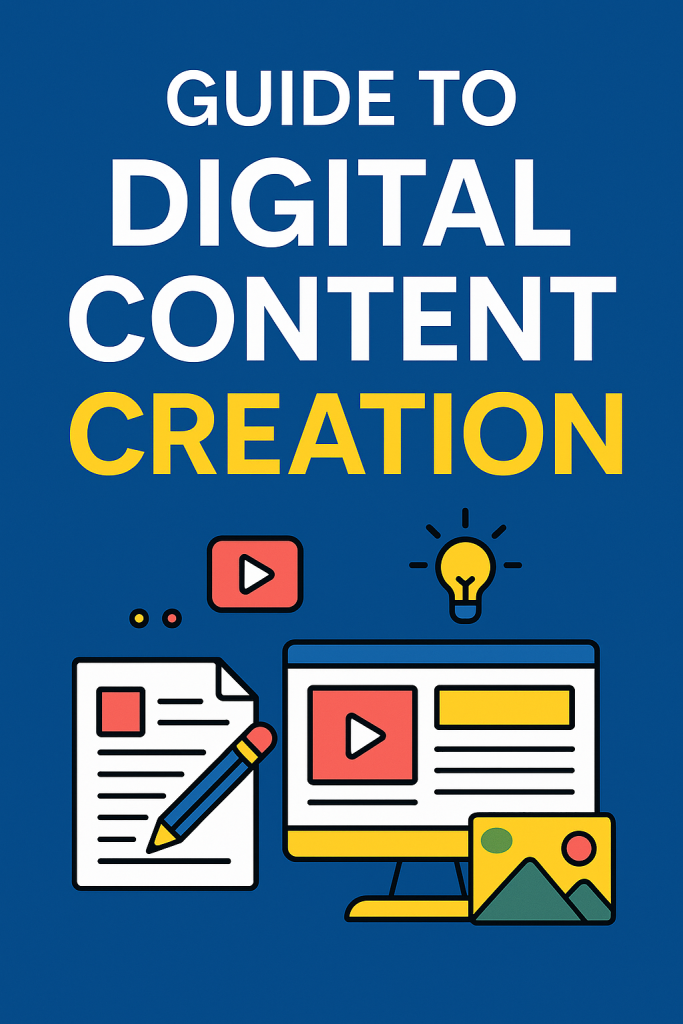Have you ever found yourself wondering why certain posts flood your social media feeds while others vanish without a trace? What secret ingredients make some content irresistibly shareable? Whether it’s a meme that makes us laugh, a video that brings tears, or a controversial post that ignites debate—viral content isn’t random. It’s a cocktail of emotion, timing, relevance, and more.
In this blog post, we’ll uncover the deeper psychology and practical strategies behind content that gets shared widely—and how you can apply them to your own content creation process.
Triggering Emotion is the Golden Rule
People share what makes them feel something. Emotion is at the core of virality. It’s what transforms passive viewers into active sharers.
The type of emotion doesn’t always matter—laughter, anger, awe, or sadness all work. What matters is intensity. In fact, one great example is, consider the wildly viral campaign “Dumb Ways to Die” by Melbourne Metro. On the surface, it’s a video warning people about train safety. But it went viral because it used humor, quirky characters, and dark irony. It made people laugh and think, a combination that encourages sharing.
To replicate this, ask yourself:
- Does my content spark a real emotional reaction?
- Would I personally feel compelled to share this if I saw it?
Even highly informative content can evoke emotion—think about the relief of solving a problem, or the excitement of discovering something new.
Authenticity Wins Over Perfection
Today’s audiences are more skeptical and selective than ever. They can spot staged content a mile away. For this reason, authenticity consistently outperforms overly polished and “salesy” posts.
People relate to real voices. They respond to raw storytelling, unfiltered moments, and genuine perspectives. If you sound human, you become trustworthy—and trust is shareable.
This is especially true on platforms like TikTok or Instagram Stories, where unscripted, behind-the-scenes content often performs better than heavily edited versions.
Moreover, here’s a tip: Don’t be afraid to show vulnerability, failures, or real emotions in your content. That’s what builds connection.
Simplicity Makes it Shareable
The average attention span online is short. People scroll quickly, and content has seconds to capture interest. For this reason, simplicity is your friend.
Shareable content:
- Gets straight to the point
- Is visually easy to digest
- Avoids jargon or overly complex ideas
Use concise headlines, clear visuals, and focused messaging. Make it easy for someone to understand the value of your content immediately—without needing to read an essay or watch a 20-minute video.
Think of viral content as something a 12-year-old could understand and a 60-year-old would enjoy.
Add Real Value to the Viewer
What’s in it for them?
If your content solves a problem, teaches something useful, or offers a fresh perspective—it’s more likely to be shared. People love to be helpful to their peers. When they find content that has real value, they instinctively want to pass it along.
This could be:
- A step-by-step tutorial
- A checklist or cheat sheet
- A motivational insight
- A timely news summary
You don’t always have to entertain; you can inform or inspire. But you do have to offer something the audience cares about.
Surprise and Curiosity are Powerful Hooks
If you can make someone say “Wow, I didn’t expect that,” you’ve won half the battle. The human brain loves novelty. Content that flips expectations or delivers an “aha” moment is inherently more shareable.
Consequently, plot twists, unexpected statistics, or clever analogies often go viral.
Here are some ways to build surprise:
- Use storytelling that takes an unexpected turn
- Start with a myth or assumption and break it
- Ask a question people don’t expect
For example: “Why the most shared post in history has no words at all.”
That kind of curiosity gets clicks and shares.
Relatability Enhances Engagement
We’re more likely to share content that reflects our identity, beliefs, or everyday experiences. When people see themselves in your content, they feel connected—and they want others to see it too.
Relatable content includes:
- Common daily struggles
- Shared frustrations
- Cultural or generational references
- Nods to popular trends or memes
Consequently, memes, tweets, and “that’s so me” reels do so well. They validate the viewer’s experience and give them a way to express themselves through your post.
Social Proof and FOMO
People are wired to follow the crowd. If a piece of content already has a lot of likes, shares, or comments, it creates a snowball effect. This is known as “social proof.”
Additionally, content that implies urgency or exclusivity (like limited-time insights, breaking news, or trends) plays into people’s fear of missing out (FOMO).
To amplify shareability:
- Highlight engagement metrics (“10,000 people loved this…”)
- Use urgent or timely language (“You need to see this before Friday…”)
- Encourage action with subtle nudges (“Tag someone who needs to read this.”)
Visuals are Vital
The brain processes images 60,000 times faster than text. For this reason, strong visuals make your content far more shareable. This could mean:
- Eye-catching graphics
- Clear infographics
- Custom illustrations
- Memes or gifs
Even just formatting your post for readability—like using bullet points, bold text, and spacing—can significantly improve its shareability.
Community and Connection
Content that brings people together tends to spread. Whether it’s content that sparks a conversation, supports a cause, or celebrates shared wins—it taps into the power of community.
You can use this by:
- Asking questions at the end of your post
- Encouraging user-generated responses
- Starting discussions or debates
- Creating series people want to follow
Final Thought
Viral content isn’t always predictable, but it’s rarely accidental. By focusing on emotional impact, clarity, authenticity, and value—you can create content that doesn’t just get seen but gets shared.
Next time you plan a blog post or social media update, ask:
Would I stop scrolling for this?
Would I share this with a friend?
Does this say something that matters?
If the answer is yes—you’re on your way to creating content that spreads like wildfire.

